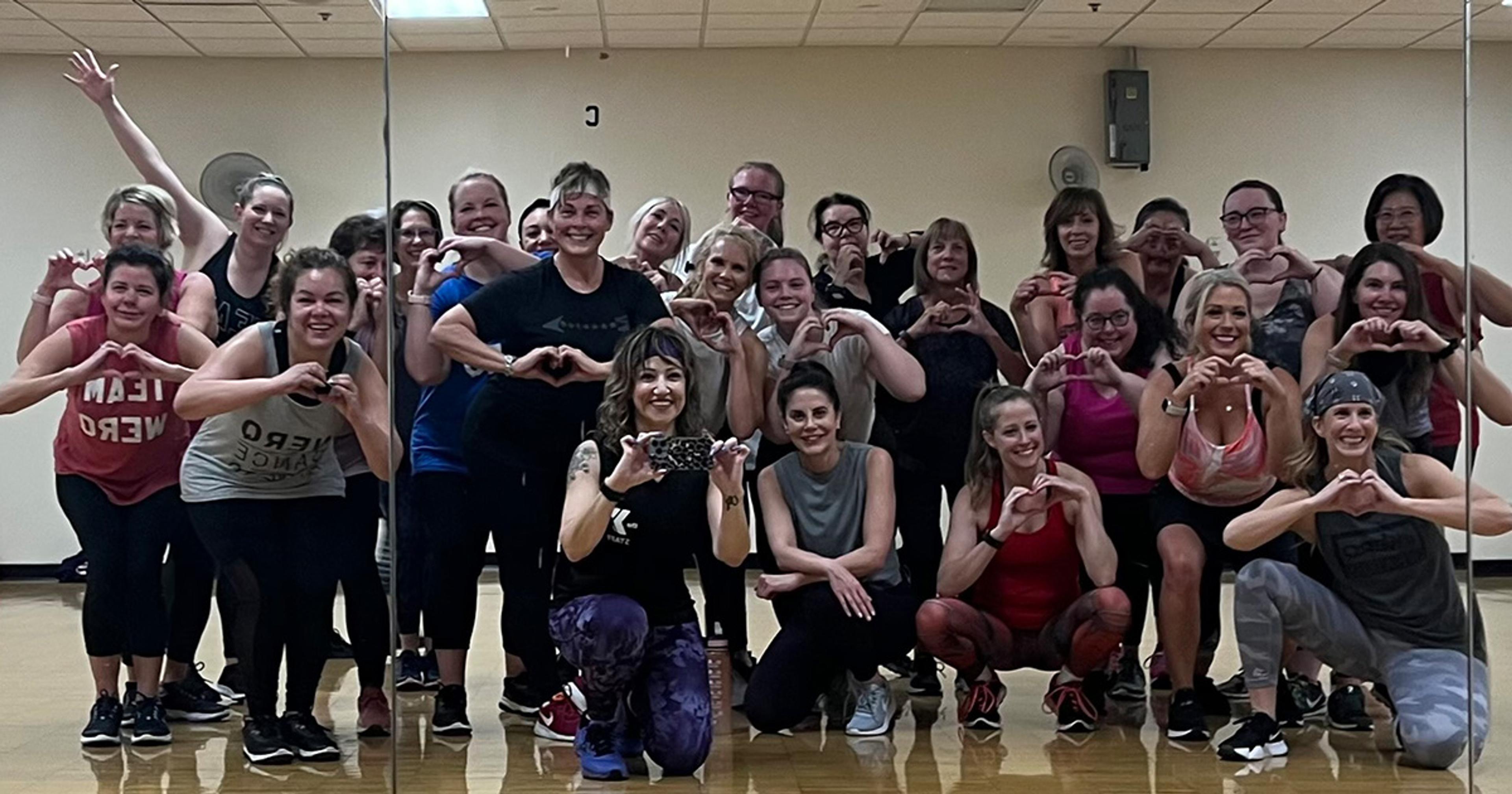A tried-and-true workout plan to help you run faster
| 2 min read

Running season is among us, which means many people are thinking about setting new goals for themselves. One fun goal is to try to beat your PR (personal record). And one way to do that is to increase your pace with Fartlek training. You heard us right! Fartlek means “speed play” in Swedish and is when you combine a consistent, easy run with spikes of intense sprints throughout (as opposed to intervals, where you walk between each). By varying the level of effort you put forth, your body experiences both an aerobic and anaerobic workout—and you get faster!
The key to Fartlek training is that it’s unstructured. Put away the watch and get off the track. Instead, head to a nearby trail or street in your neighborhood and set visual goals for how long to up your intensity (make it to that park bench!). The goal is to increase your effort periodically throughout your comfortable run – it is not about setting a specific pace.
If Fartlek training is new to you, start by heading out on a half hour run, introducing a slightly faster pace throughout (about 30 seconds at a time) and then continue with your more comfortable pace until you’re back to a steady breath. Looking for more of a challenge? Each week, set a new goal (30 seconds becomes a minute, that park bench becomes the next park bench). But don’t sprint for more than a minute at a time – the quick spike is the point.
Because Fartlek training puts more stress and intensity on your system, your body will increase its anaerobic threshold, leading to a faster speed and a new PR!
Photo credit: Brian Sawyer





